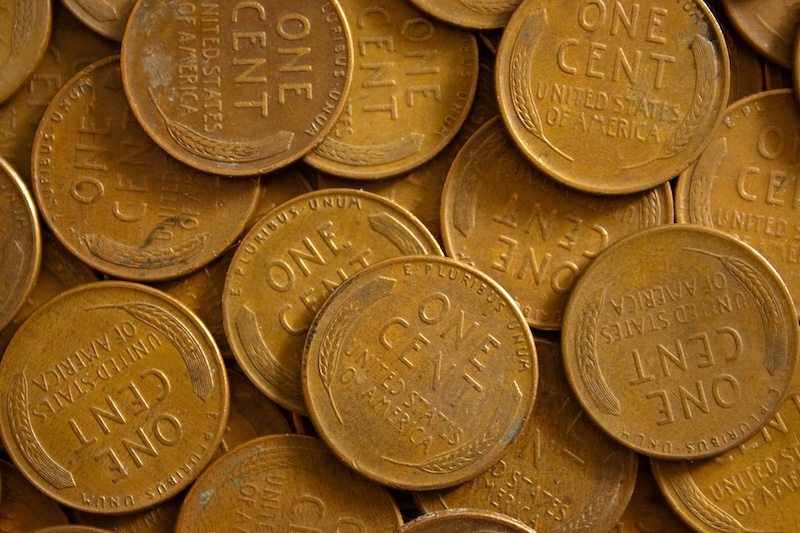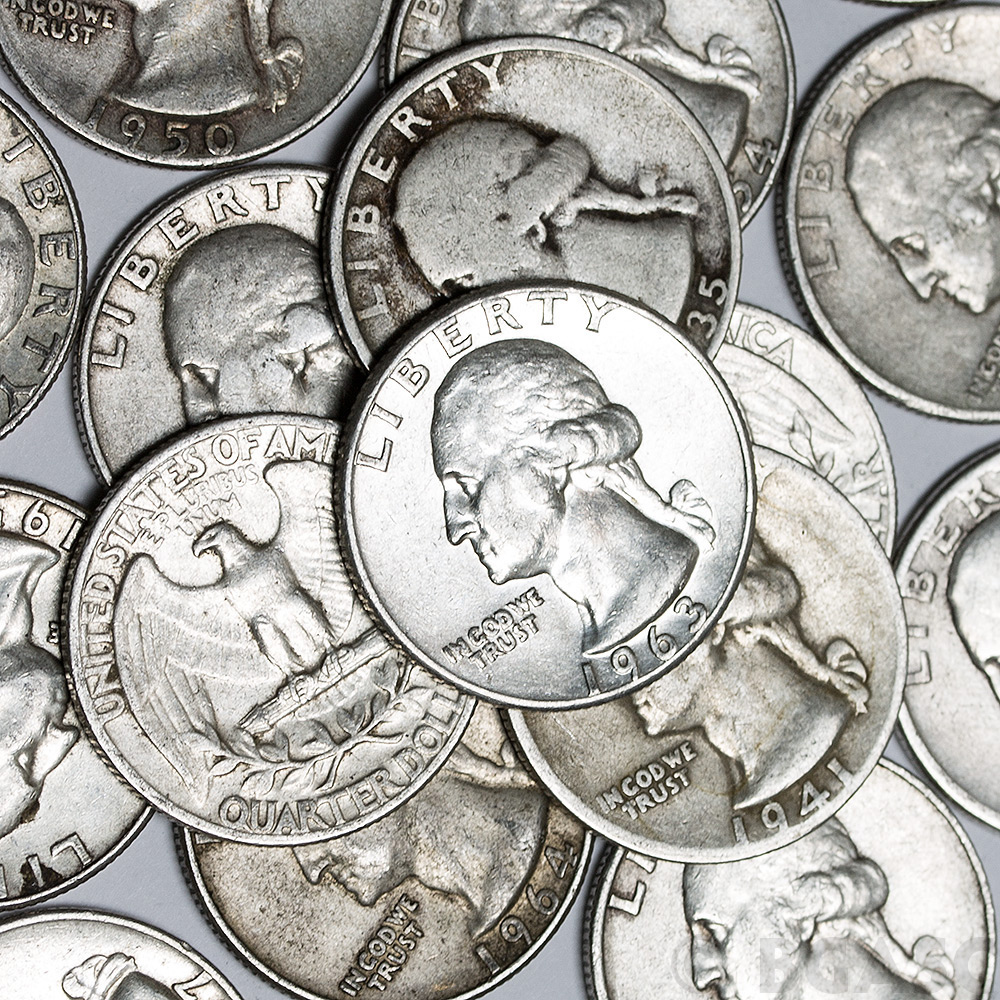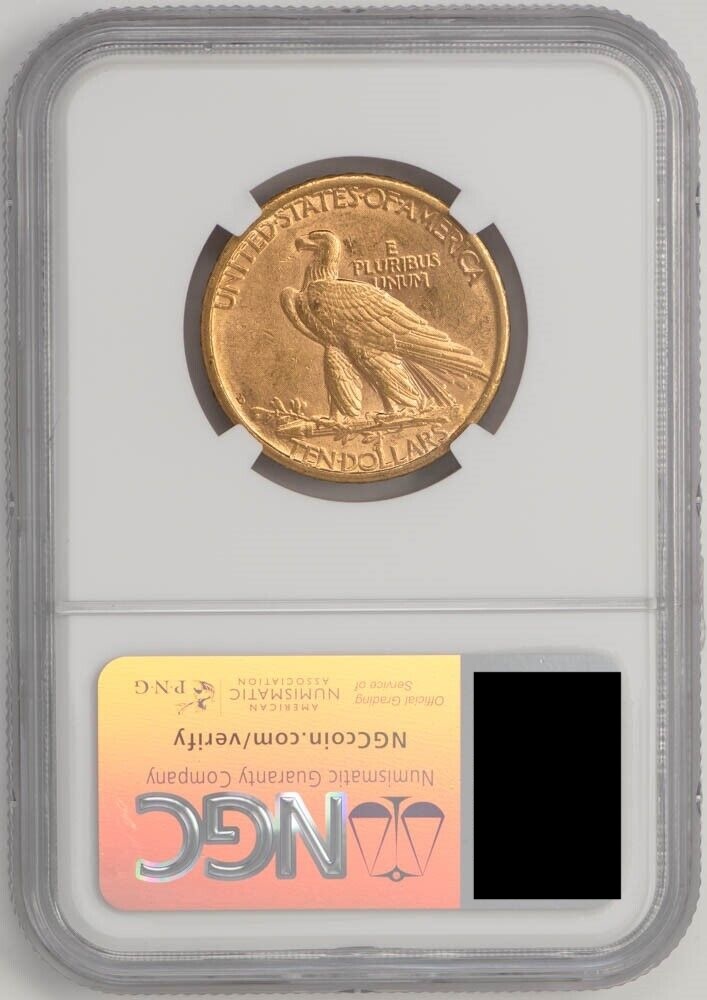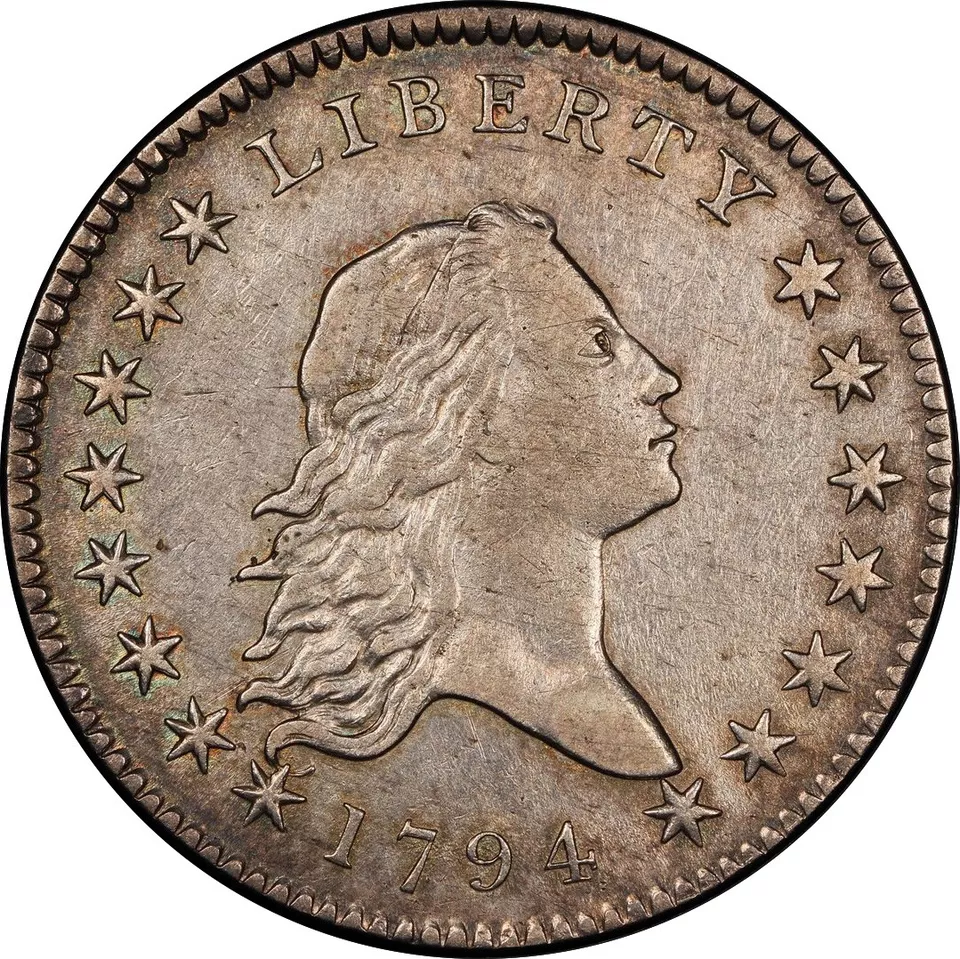The Lincoln Wheat Penny was introduced in 1909 to commemorate the 100th anniversary of President Abraham Lincoln’s birth. It marked the first time a real historical figure, rather than allegorical representations of Liberty, appeared on a U.S. coin.
The Lincoln cent replaced the Indian Head cent, which had been in circulation since 1859.
Redesign of American Coinage
The decision to feature Lincoln was part of a larger trend in the early 20th century to bring new life to American coin designs, seeking more artistic and symbolic imagery. Lincoln was chosen because he was one of the most revered presidents in American history and his legacy had grown in significance after the Civil War and his role in ending slavery.
Not only are copper pennies affordable to collect, but specific key dates, rare varieties, and errors can be worth substantial amounts.
What is Lincoln Wheat Penny?
The Lincoln Wheat Penny, also known as the “Wheat Cent,” was introduced in 1909 to commemorate the 100th anniversary of President Abraham Lincoln’s birth.
The coin was designed by sculptor Victor David Brenner and features a portrait of Lincoln facing right, with the words “In God We Trust” above, “Liberty” to the left, and the date of issue on the right.
The reverse features two stylized wheat ears, which symbolize agriculture and prosperity, and the Latin phrase “E Pluribus Unum” meaning “Out of Many, One.” This symbolizes national unity.
This was the first U.S. coin to include “In God We Trust.” These coins were struck in three mints: Philadelphia (no mint mark), Denver (“D”), and San Francisco (“S”).
While most Lincoln Wheat Pennies are relatively common and worth only a few cents, specific dates, mint marks, and varieties can be worth hundreds or even thousands of dollars.
Lincoln Wheat Penny Key Dates
Several key dates in the Lincoln Wheat Penny series stand out due to their rarity and high demand among collectors. These coins can fetch premium prices in the right condition.
1909-S VDB

- Mintage: 484,000
- Value: $700 to $2,500+ (depending on condition)
The 1909 mintage year was the first year of issue for the Lincoln cent. The reverse of the coin features the initials “VDB” of the designer, Victor David Brenner appear prominently at the bottom of the reverse.
The US Mint received many public complaints that the initials were too prominent and detracted from the coin’s overall design and the initials were removed.
The San Francisco Mint produced only 484,000 of the 1909-S VDB pennies before the change, making it a highly prized addition to a collection as one of the lowest-mintage Lincoln pennies ever.
While not as valuable as some error coins, the 1909-S VDB penny is still one of the most collectible and valuable Lincoln Wheat Pennies due to its low mintage and historical significance.
1914-D
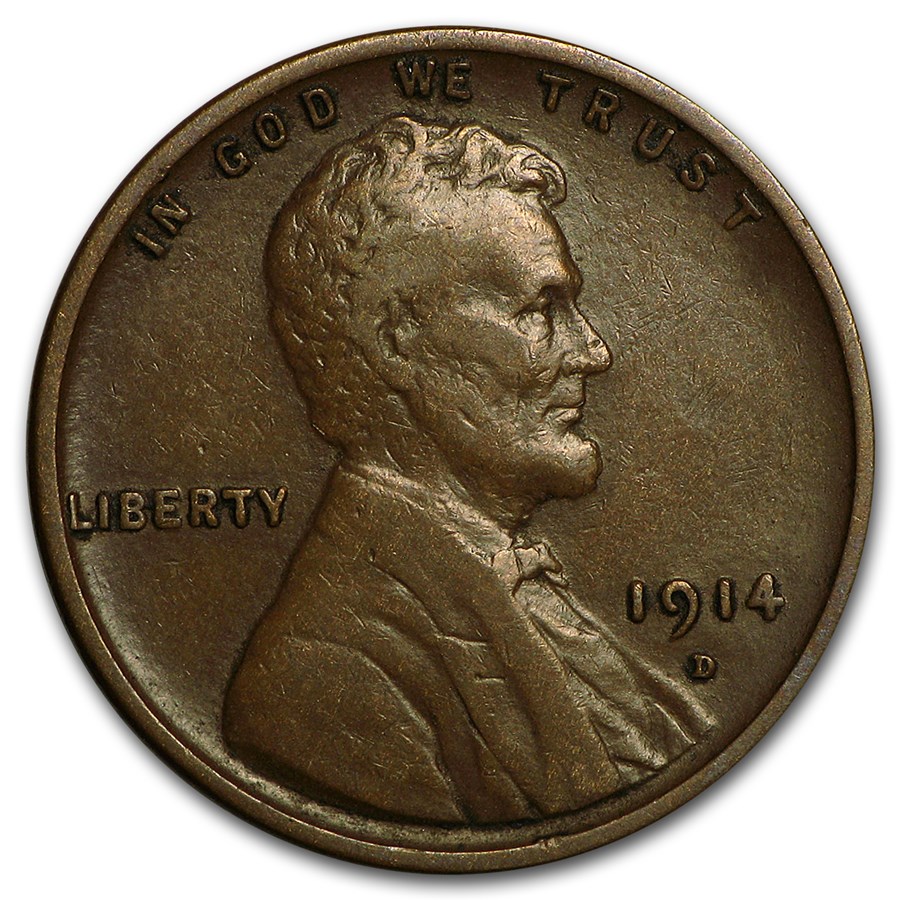
- Mintage: 1,193,000
- Value: $200 to $5,500+
The 1914-D is considered a key date for collectors due to its low mintage and scarcity in higher grades.
The Denver Mint produced only 1,193,000 Lincoln pennies in 1914, making it one of the lowest-mintage pennies in the entire series. While this mintage is higher than the famous 1909-S VDB, the 1914-D is much scarcer in circulated grades because many were heavily used in commerce.
As part of a complete Lincoln Wheat Cent collection, the 1914-D is a must-have. However, most coins minted in 1914 saw extensive circulation, leading to heavy wear. High-grade, uncirculated examples are scarce. Prices range from a few hundred dollars for heavily circulated examples to tens of thousands for Mint State specimens.
1922 “No D”
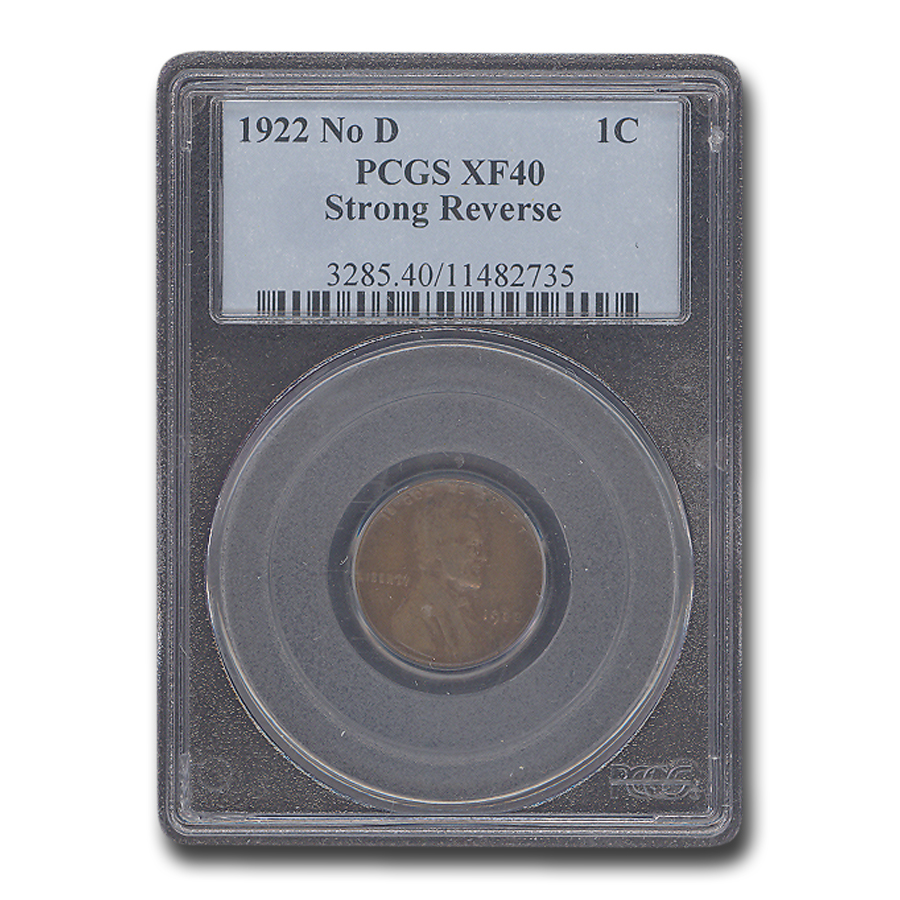
- Mintage: Approximately 500,000 (estimated error)
- Value: $700 to $25,000+
In 1922, the Denver Mint was the only facility producing Lincoln Wheat Cents, as the Philadelphia and San Francisco mints did not strike any pennies that year.
Due to issues during the minting process, some coins were produced without the “D” mint mark, creating the rare 1922 “No D” variety.
The absence of the “D” mint mark is a notable error, and the 1922 “No D” penny has become highly collectible due to its rarity and historical significance.
Variations of the 1922 “No D” Lincoln Wheat Penny
There are three distinct varieties of the 1922 “No D” Lincoln penny, each with different degrees of clarity on the details:
| Variety | Description |
| Die Pair #1 (Strong Reverse) | This variety is the most valuable and sought-after. While the “D” mint mark is completely missing from the obverse, the reverse details are sharp and well-struck, making distinguishing from the other varieties easier. |
| Die Pair #2 (Weak Reverse) | This variety shows a weak strike on both the obverse and reverse. In this case, the “D” mint mark is missing or extremely faint, and the details on the reverse are weak and poorly struck. |
| Die Pair #3 (Weak D) | In this variety, a faint trace of the “D” mint mark is visible under magnification. However, it is still highly collectible because of the rarity of the weak “D” strike. |
1931-S
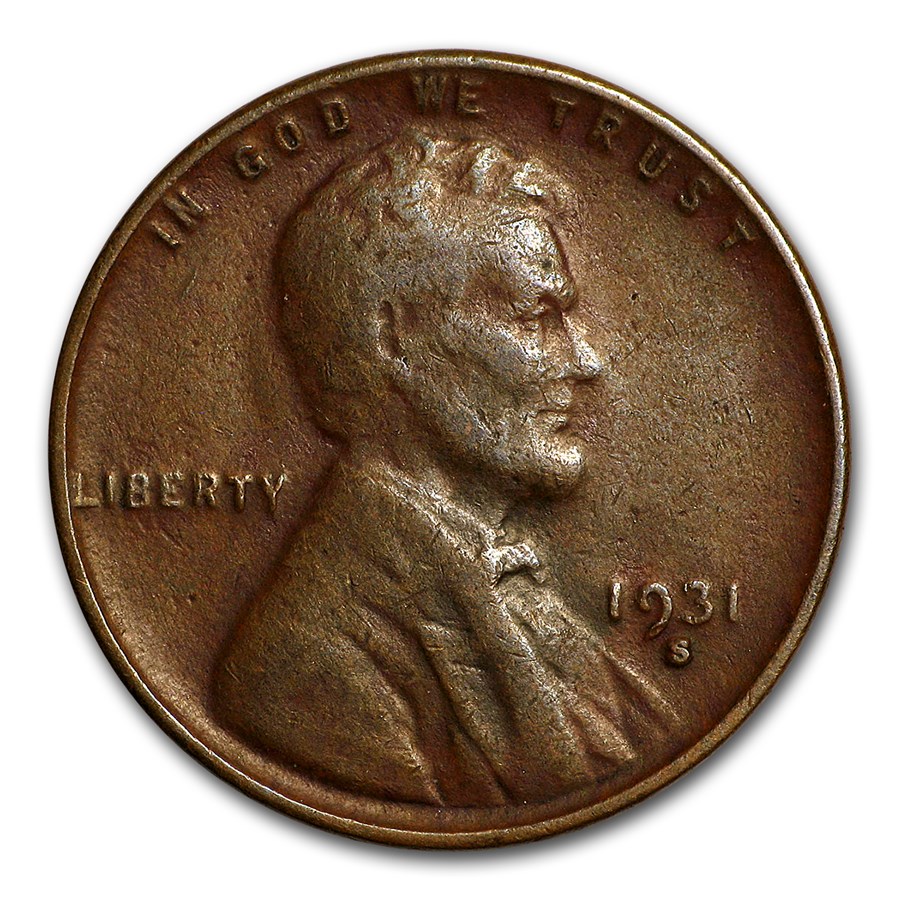
- Mintage: 866,000
- Value: $85 to $2,000+
The coin was minted during the Great Depression, and its low production run reflected the reduced demand for coinage at that time.
Only 866,000 Lincoln Wheat Cents were minted in San Francisco in 1931, making it one of the lowest-mintage coins in the entire series. This small production run significantly contributes to its rarity and desirability among collectors.
Collectors who anticipated their rarity saved many of the 1931-S pennies in uncirculated condition. However, even with a significant number of coins saved, the 1931-S remains scarce in all grades, particularly in higher mint state (MS) grades.
Rare and Scarce Lincoln Wheat Cents
While key dates are critical to a collection, low mintage coins are often equally important. These pennies were struck in fewer quantities, making them more scarce in the marketplace.
1911-S
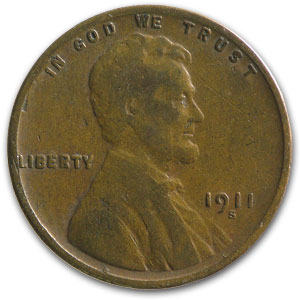
- Mintage: 4,026,000
- Value: $50 to $250+
Although 4 million might seem like a large number, this coin is still relatively scarce and sought after by collectors. The “S” mintmark makes this penny more desirable than its Philadelphia counterpart.
1924-D
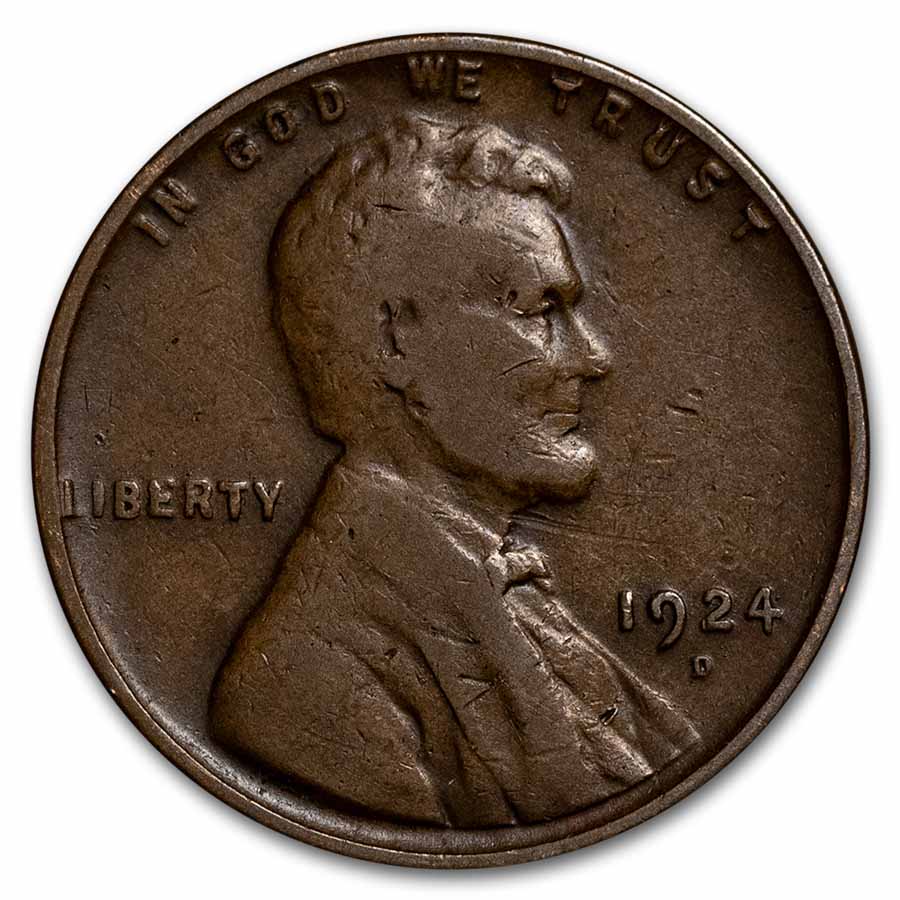
- Mintage: 2,520,000
- Value: $30 to $400+
The 1924-D is another lower-mintage coin from the Denver Mint. While it’s not as rare as some of the key dates, it still commands a premium due to its relative scarcity, especially in high grades.
Lincoln Wheat Penny Errors
Error coins are a fascinating subset of the Lincoln Wheat Penny series and can be worth significantly more than standard pennies. Collectors love error coins due to their rarity and the stories behind their creations.
1955 Doubled Die Wheat Penny
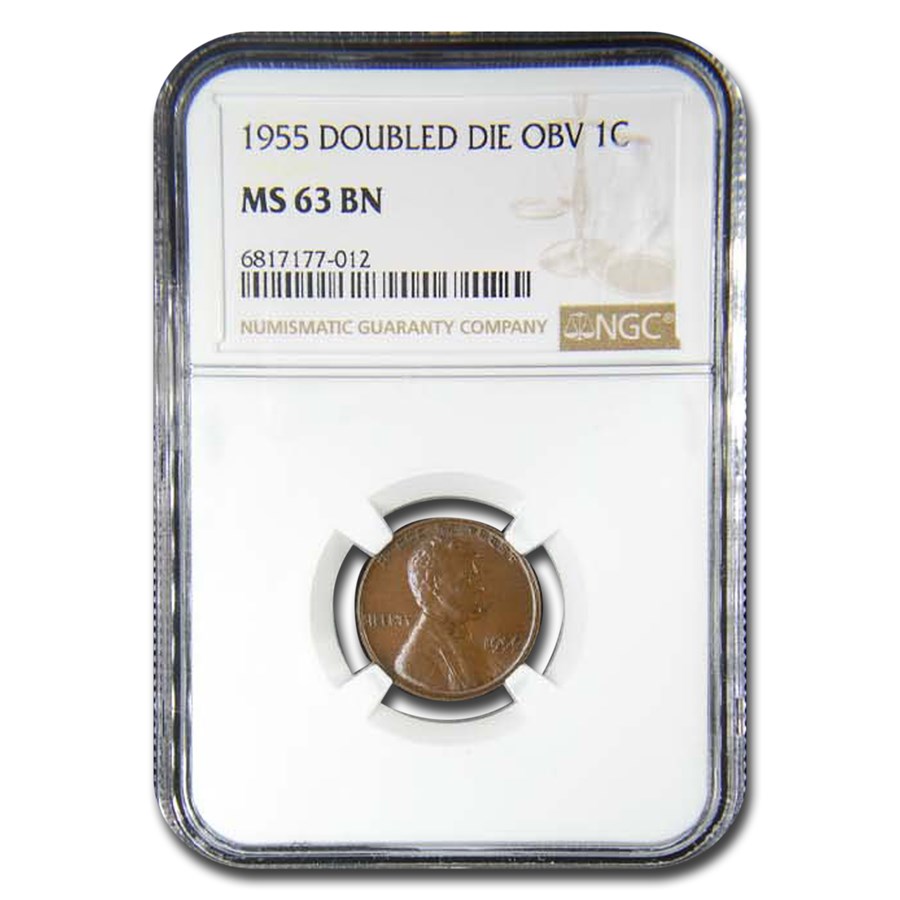
- Value: $500 to $15,000+
The 1955 Doubled Die is the most famous error coin in the Lincoln Wheat Penny series. It features a dramatic doubling of the date and inscription “In God We Trust.” These coins were struck due to a misalignment of the coin die, resulting in the doubled image. They are highly prized and can fetch thousands of dollars in high grades.
1944-D/S Overpunched Mint Mark
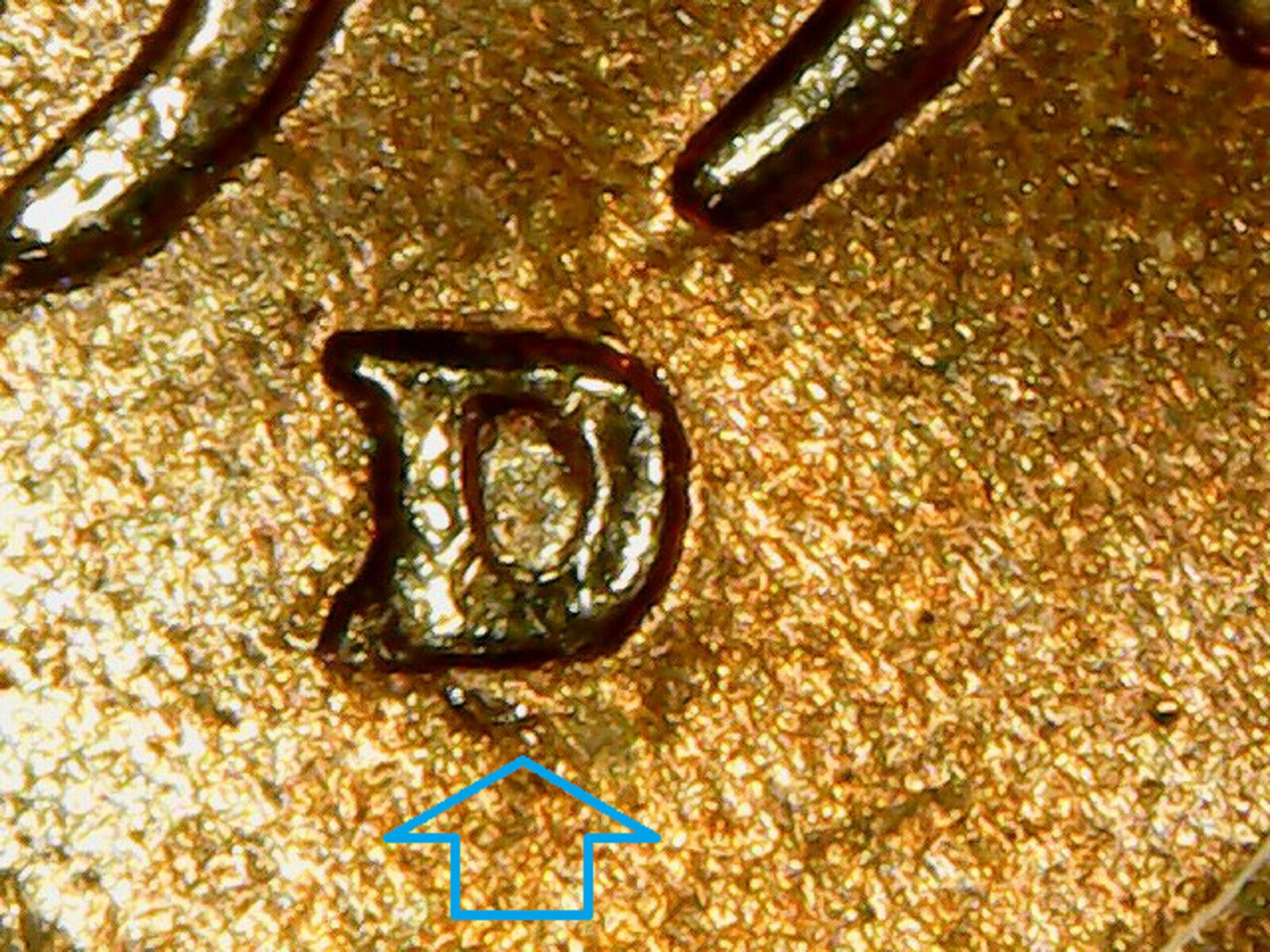
- Value: $50 to $300+
In 1944, some Denver Mint pennies were struck with an “S” mintmark that was later overpunched with a “D.” This error can be identified with magnification and is valued higher than standard 1944 pennies.
Certified Lincoln Wheat Pennies
Having Lincoln Wheat Pennies graded and certified by professional grading services, such as PCGS (Professional Coin Grading Service) or NGC (Numismatic Guaranty Corporation), can significantly increase their value. Certified coins come with a guarantee of authenticity and are graded on a scale of 1 to 70, with 70 being a perfect uncirculated coin.
Certified coins in higher grades, especially for key dates and rare varieties, often sell for much more than uncertified examples. Additionally, certified coins provide buyers and collectors with peace of mind regarding the condition and value of the coin.
Most Valuable Lincoln Wheat Pennies
Some Lincoln Wheat Pennies have sold for staggering amounts due to their rarity and condition. Here are a few of the most valuable examples:
1943-D Bronze/Copper Penny
- Value: $800,000 to $1.7 million
Some 1943-D Wheat Pennies were mistakenly struck in bronze (copper) instead of the standard steel planchets used for pennies in 1943.
The U.S. Mint produced pennies using steel planchets with a zinc coating to save copper during World War II. These steel pennies were minted in Philadelphia, Denver, and San Francisco.
However, some leftover bronze planchets from 1942 were mistakenly used in 1943, producing a minimal number of bronze pennies that year.
The 1943-D Bronze Penny is one of the most famous error coins, having sold for over $1 million at auction.
1958 Doubled Die
- Value: $200,000 to $336,000+
A doubled die error occurs during the minting process when the die used to strike the coin is improperly manufactured or misaligned, which results in doubled elements in the coin’s design. This doubling can affect various parts of the coin, such as the date, lettering, or design elements. In the case of the 1958 Doubled Die Lincoln Wheat Penny, the error is particularly dramatic and affects the obverse (front) of the coin.
The 1958 Doubled Die Lincoln Wheat Penny is incredibly rare. Prominent grading services like PCGS (Professional Coin Grading Service) and NGC (Numismatic Guaranty Corporation) have confirmed only three specimens. This makes it one of the rarest Lincoln Wheat Pennies error coins.
Final Thoughts
Lincoln Wheat Pennies are more than just everyday coins; they are pieces of American history and a fantastic way to get started in numismatics. Whether you’re a beginner collector or an experienced numismatist, Lincoln Wheat Pennies offers an accessible yet potentially valuable collection path. From key dates like the 1909-S VDB and the 1914-D to error coins like the 1955 Doubled Die and the 1944-D/S overpunched mint mark, this series has a wide range of valuable coins.
The key to successful collecting is knowledge and research. Understanding the rarity, condition, and market value of specific pennies can help you make informed decisions and potentially grow a collection that increases in value over time.
